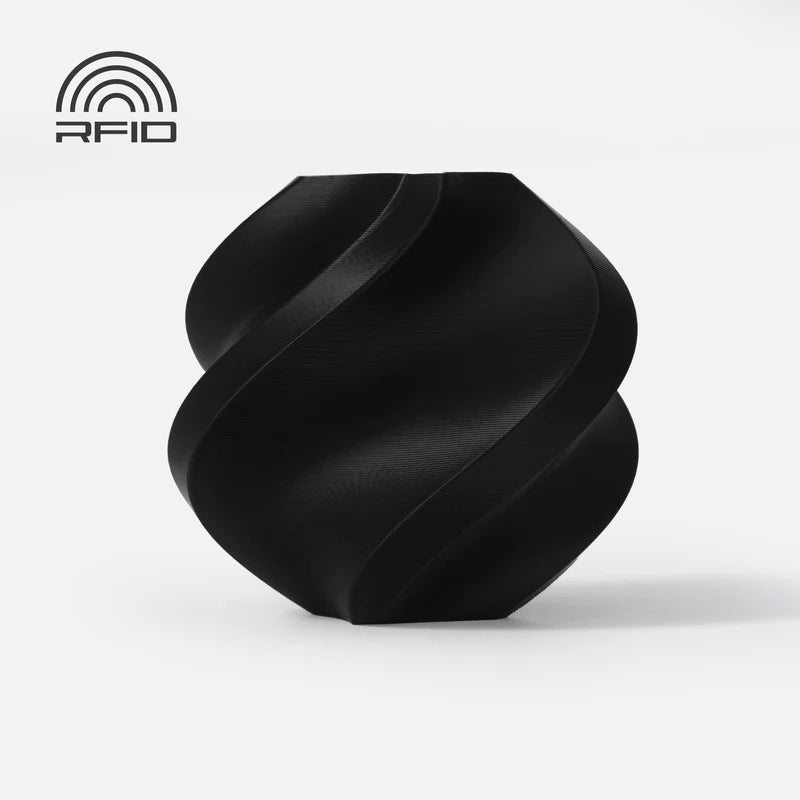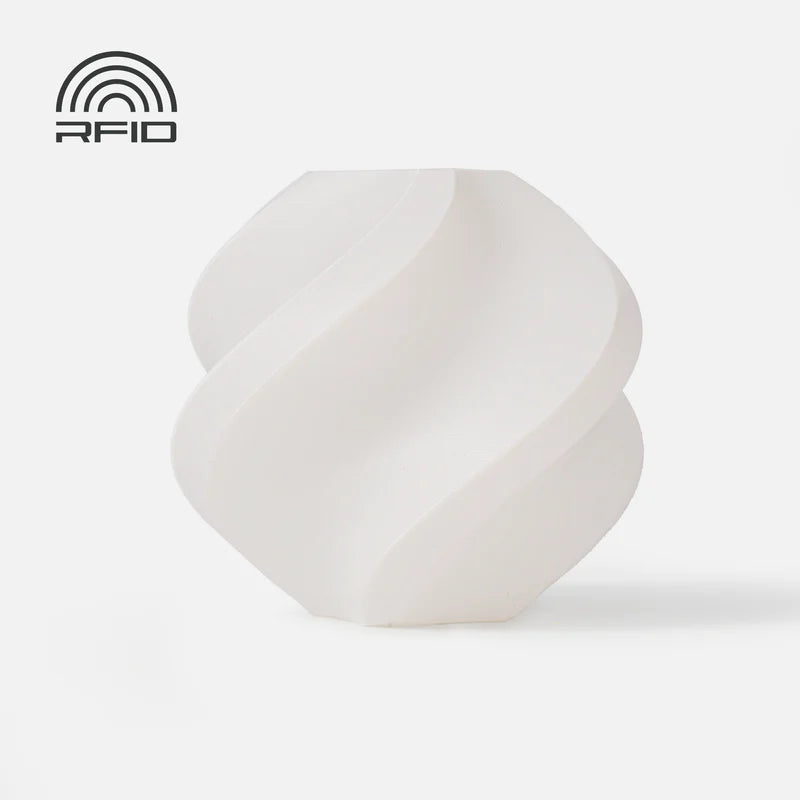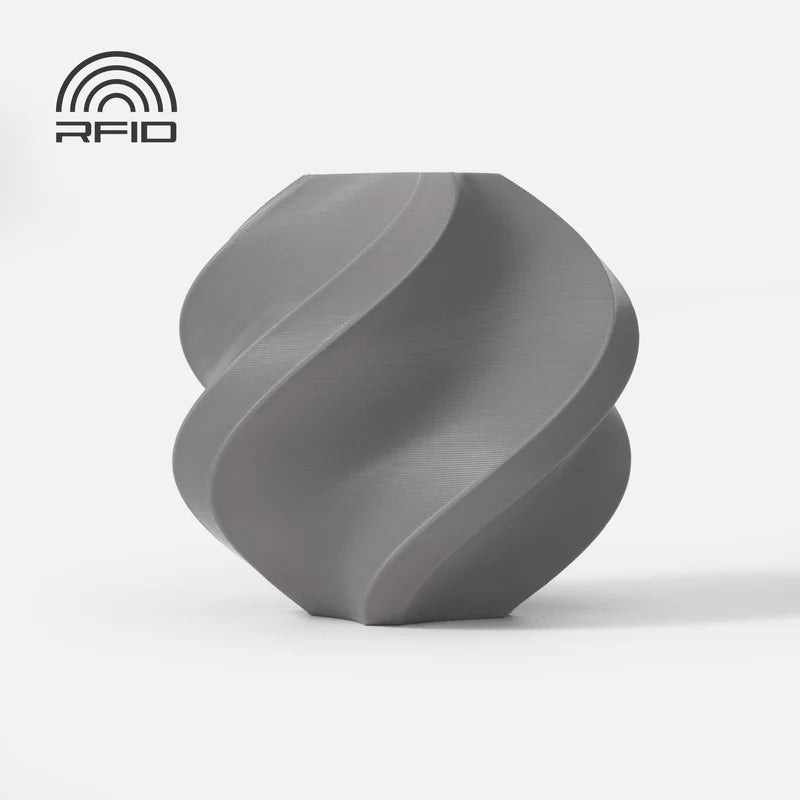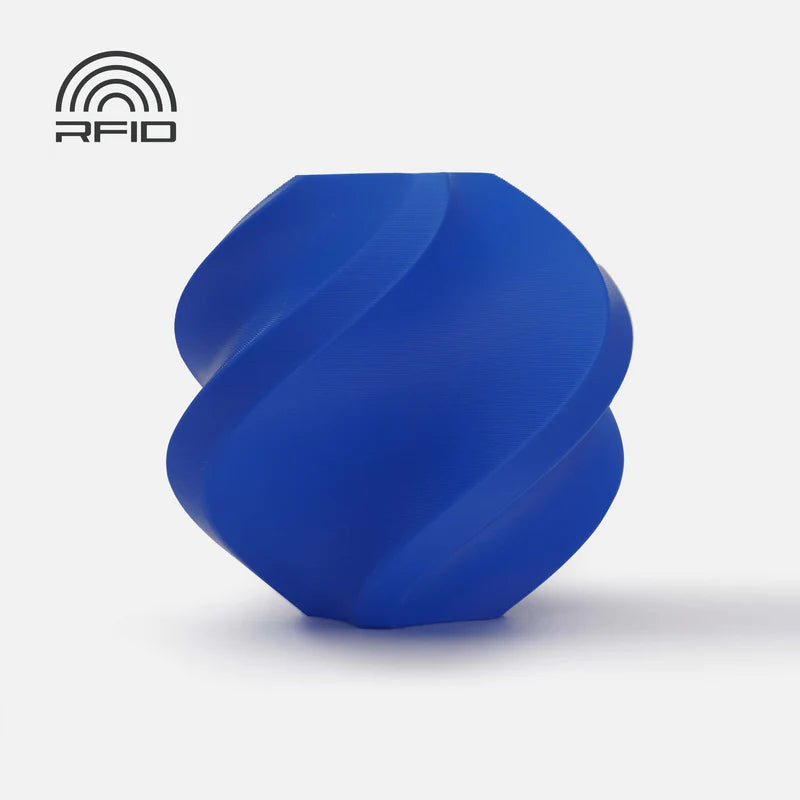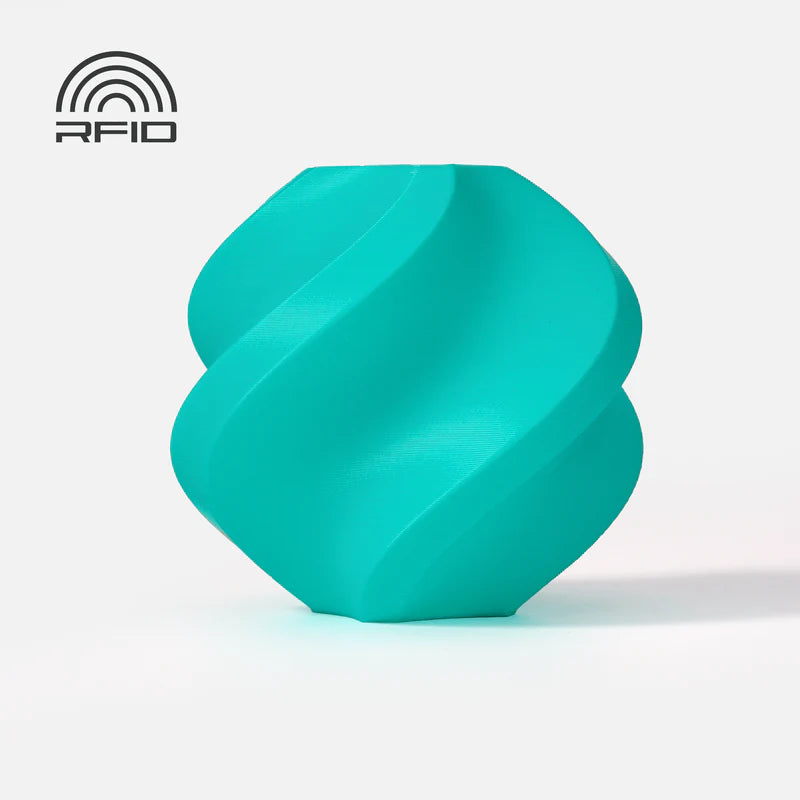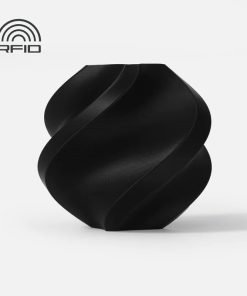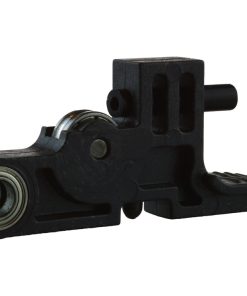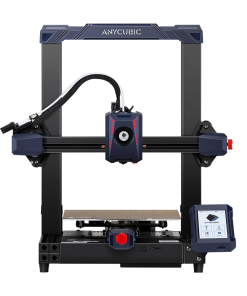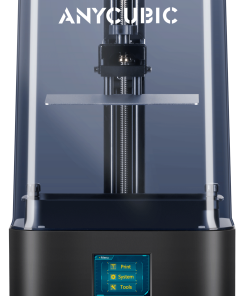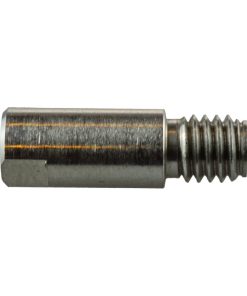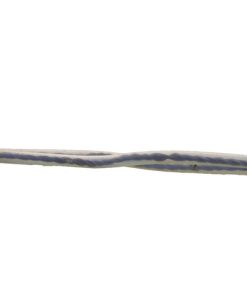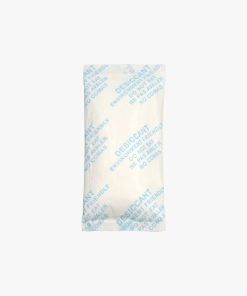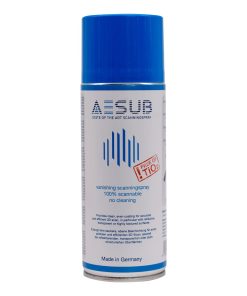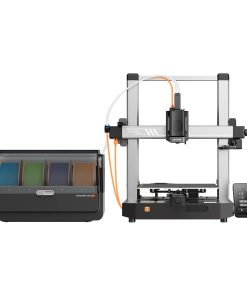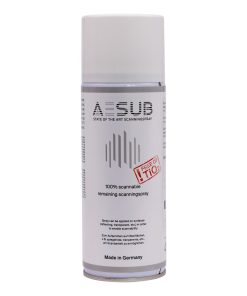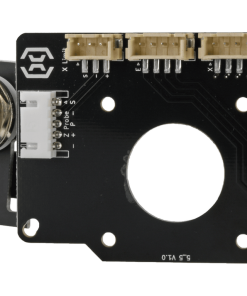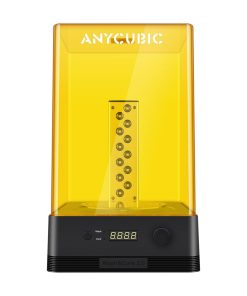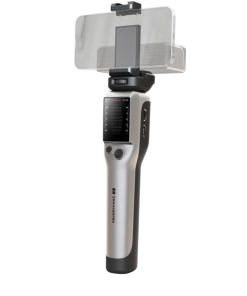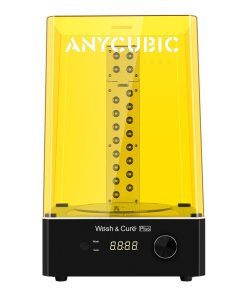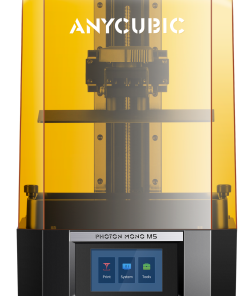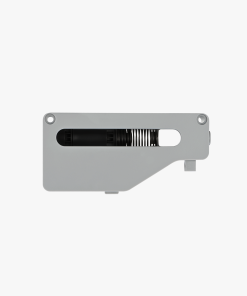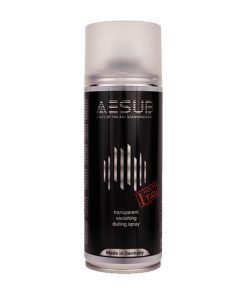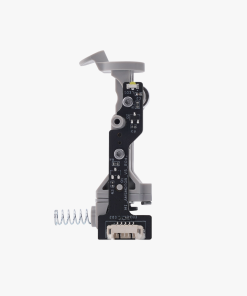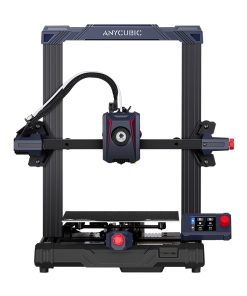Bambu Lab ASA 3D Printer Filament – 1.75mm – 1KG Bambu Lab
$ 32,95 $ 19,77
Bambu ASA
Bambu ASA is a highly durable material that offers exceptional UV, weather, mechanical, and thermal resistance. Its unique combination of properties makes it an ideal material for printing outdoor models (plant signs, mailboxes, wind vanes, etc.) and structural parts that require long-term exposure to challenging outdoor conditions.

Extraordinary Weather & UV Resistance
Bambu ASA offers extraordinary UV, oxidation, and aging resistance, providing effective protection against breakage and color degradation when used outdoors for long-term purposes.



Tough and Durable
Suitable for outdoor applications and regular structural requirements due to its toughness and high impact strength.


Better Temperature Resistance
Compared to normal PETG or ABS, Bambu ASA can remain in shape even at a temperature of 100°C.


Frequently Asked Questions
1. What’s the difference between ABS and ASA?
| ABS | ASA | |
| Composition | acrylonitrile – butadiene – styrene | acrylonitrile – styrene – acrylate |
ASA is a modified version of ABS that contains an additional acrylate component, which improves its weather adaptability and UV resistance.
ASA retains the impact resistance and processability of ABS while providing better resistance to fading, yellowing, and degradation from sunlight exposure. Both of them may release pungent and unpleasant odors during printing, but the pungent odor of ASA is notably lighter than ABS.
2. What is the difference applications between ABS and ASA?
ASA is ideal for outdoor applications, such as automotive exterior parts, signage, and outdoor equipment, thanks to its enhanced weather resistance and color stability. ABS is a versatile material with excellent mechanical properties that is commonly used for indoor applications.
3. What are the similarities between ABS and ASA?
In terms of physical and mechanical properties, both exhibit good impact resistance and high tensile strength, with almost the same levels of strength, toughness, and stiffness. Both ABS and ASA may release pungent and unpleasant odors during printing and require the same enclosed printer settings when printing large-size and/or high-infill dense models.
| Colour | Black, White, Grey, Blue, Green, Red |
|---|
Fast Delivery and professional packaging
Our long-standing relationships with UPS FedEx DHL and other international carriers lets us offer various shipping options. Our warehouse personnel are well trained and will be able to pack the goods according to the exact and precise specifications. The goods you send us are checked thoroughly and securely secured prior to shipment. Everyday we deliver thousands of packages to customers across many countries. The fact that we're committed to becoming the biggest online retailer in the World is clear. The warehouses and centers of distribution are in Europe and the USA.
It is important to note that orders with more than one item will be subject to a processing period that is based to the specific item.
Prior to shipping Our team will conduct an extensive inspection of the items you purchased. The majority of orders today are shipped in 48 hours. The delivery time is between 3-7 days.
Returns
Due to multiple entities which include the factory as well as the warehouse, we're unable to completely manage our stock. Stock levels can fluctuate at any given time. It is possible that inventory could run out once your order has been processed.
Our policy is valid for 30 days. We are unable to return or exchange your purchase when it's been 30 days since you purchased it.
The item you purchase must be in its original packaging and be unused. The item must be in its original packaging.
Related products
3D Printer Parts & Spares
3D Printers
3D Printer Parts & Spares
3D Printer Parts & Spares
3D scanners
3D Printer Parts & Spares
3D Printers
3D Printer Parts & Spares
3D Printer Parts & Spares
3D Printer Parts & Spares
3D Printers
3D scanners
3D Printer Parts & Spares
3D Printers
3D Printer Parts & Spares
3D Printers
3D Printers
3D scanners
3D Printers
3D Printer Parts & Spares
3D Printer Parts & Spares
12g Super Lube Multi-Purpose Synthetic Grease with Syncolon (PTFE) SuperLube
3D Printer Parts & Spares
3D scanners
3D Printer Parts & Spares
3D Printers
